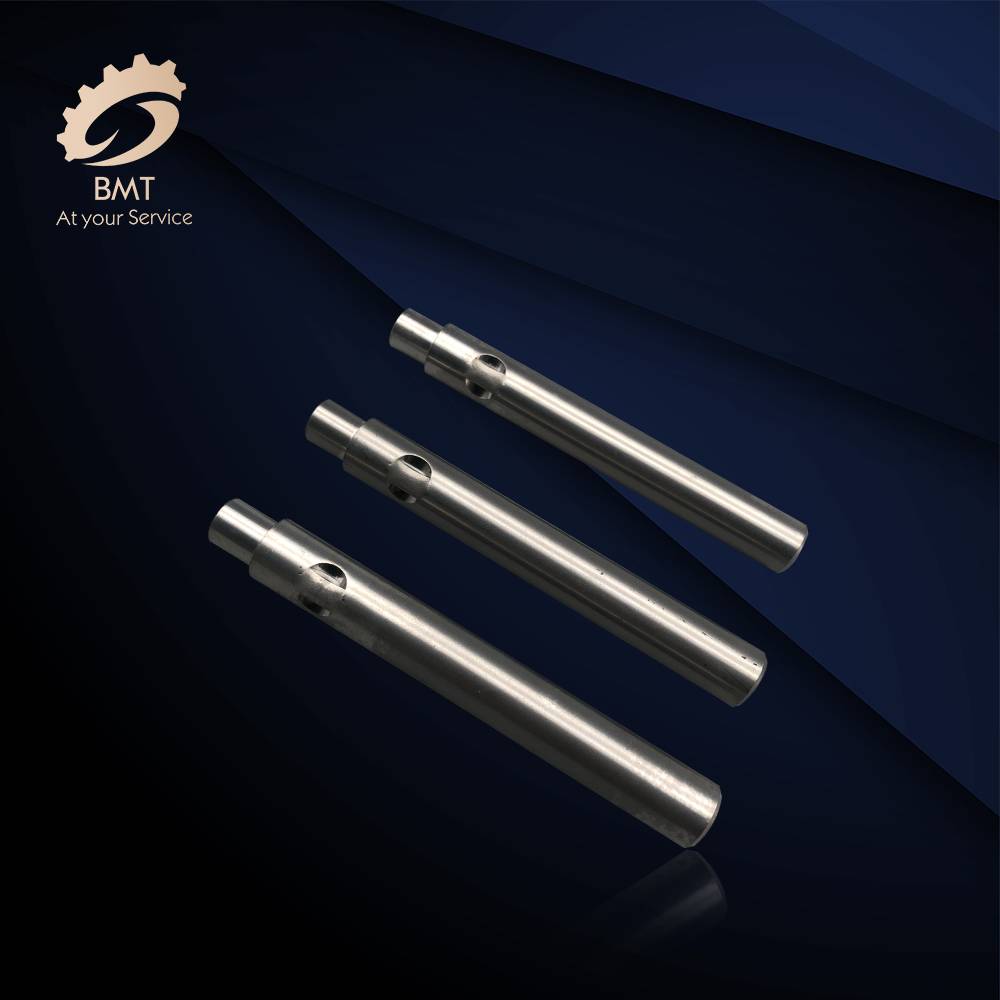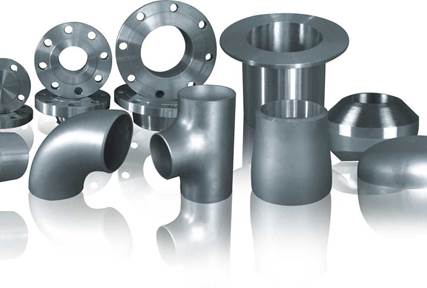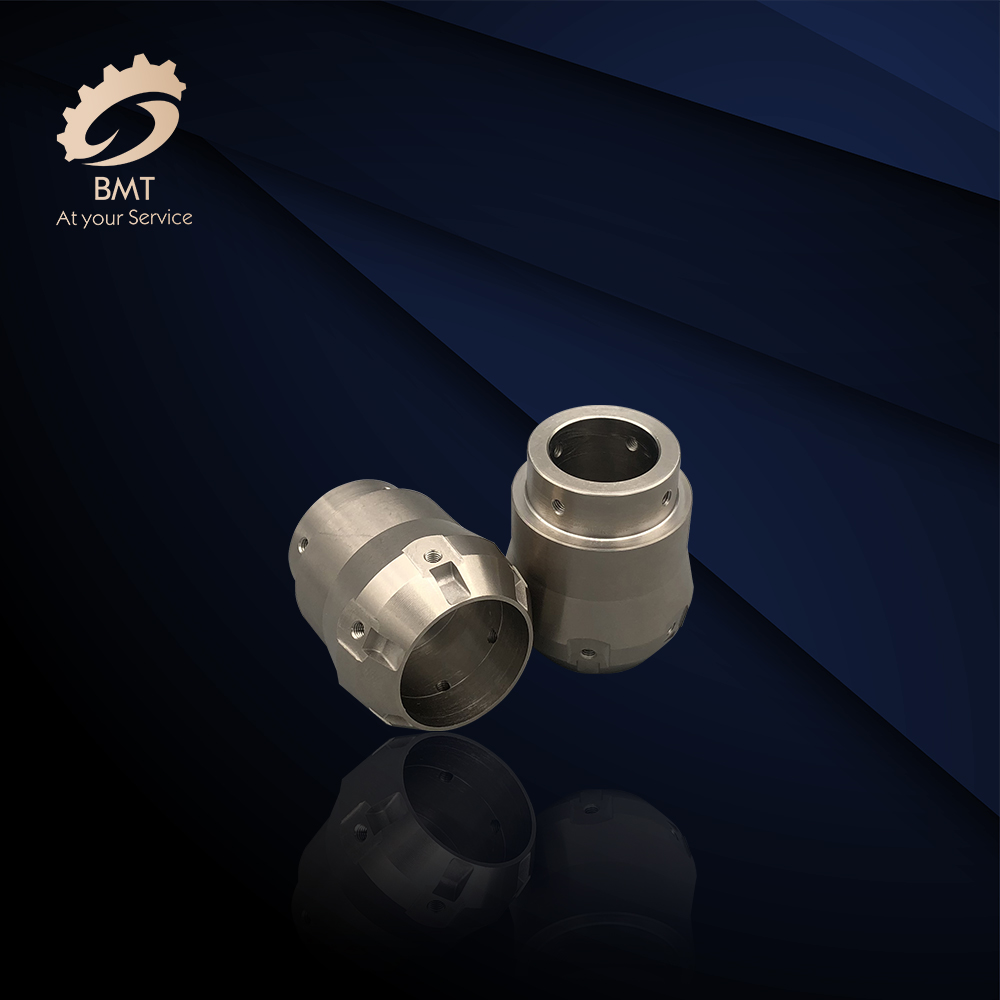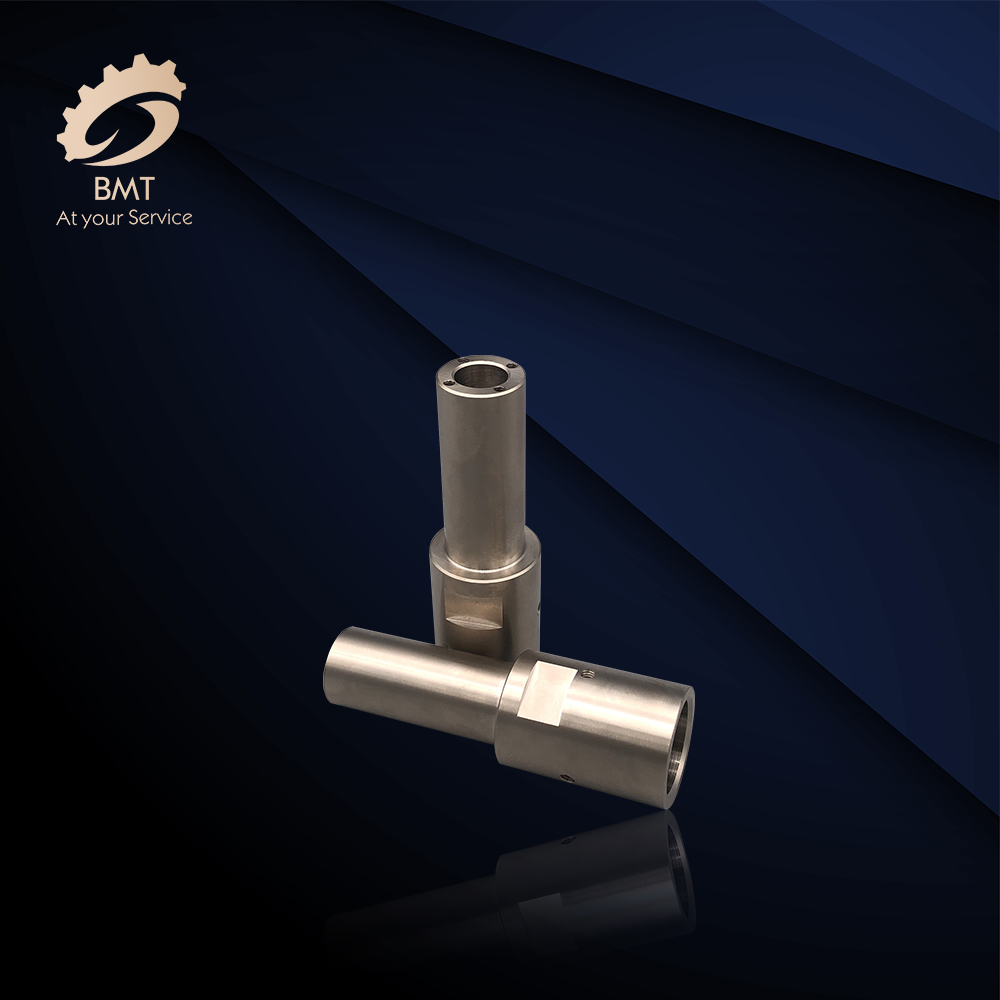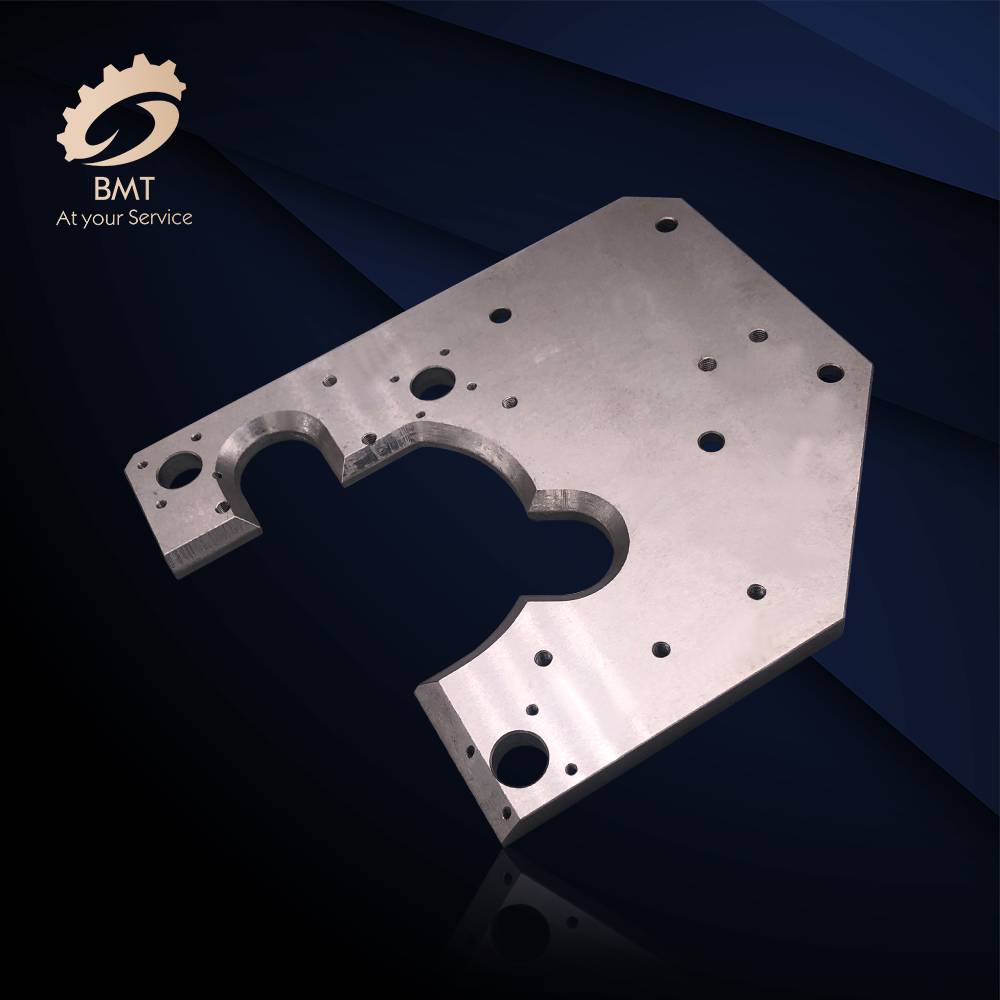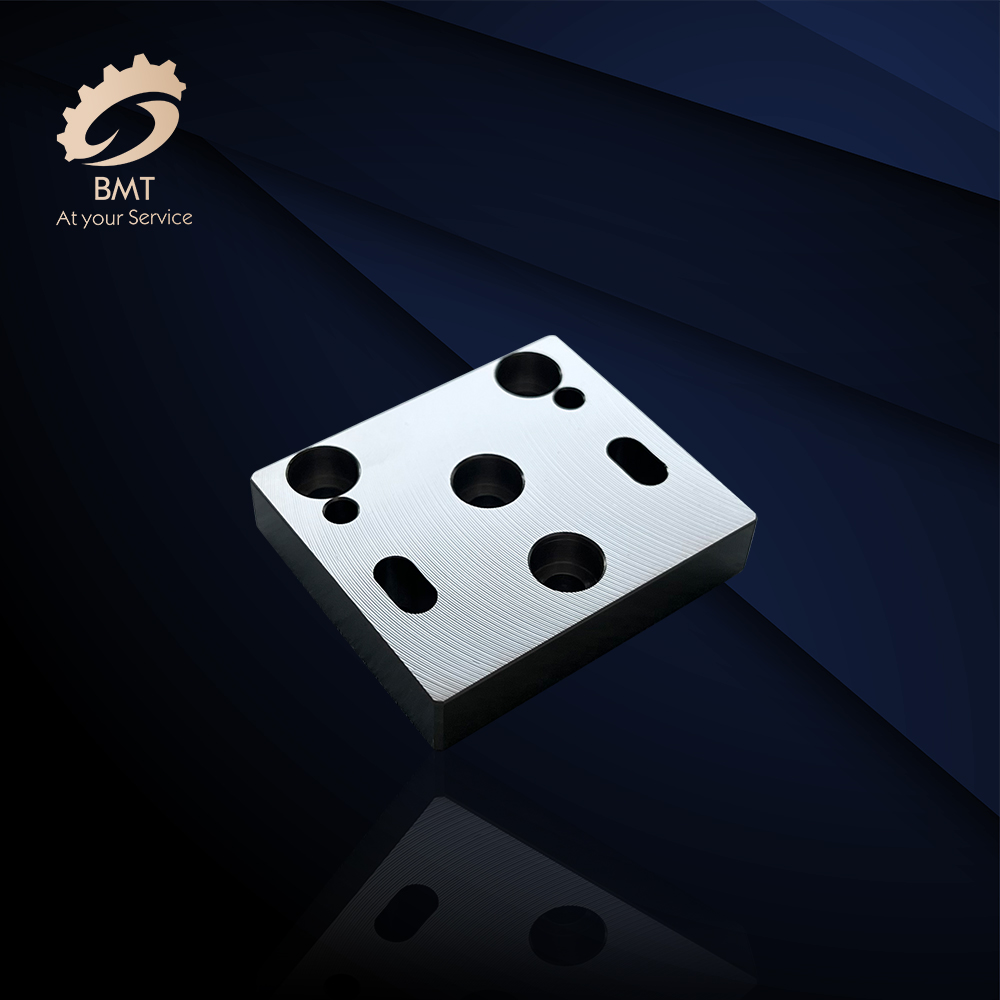Stainless Steel and CNC Machining
Stainless steel is an incredibly versatile metal and is often used for CNC Machining and CNC turning in the aerospace, automotive and marine industries. Stainless steel is known for its resistance to corrosion and with various alloys and grades of stainless steel available, there are a wide variety of applications and use cases.
There are five general categories of stainless steel with different alloying elements and material structures:
- Austenitic Stainless Steel
- Ferritic Stainless Steel
- Martensitic Stainless Steel
- Precipitation Hardened Steel
- Duplex Stainless Steel (Austenitic-Ferritic)
Austenitic steel
Austenitic stainless steels are primarily used for products that require strong corrosion resistance. Domestic, industrial and architectural products often use austenitic stainless steel. These could include:
1.Nuts and bolts and other fasteners;
2.Food processing equipment;
3.Industrial Gas Turbines.
Austenitic stainless steels are known for their machinability and weldability, which mean they are often used in CNC machining. Due to its mainly crystalline structure, austenitic stainless steel cannot be hardened by heat, and makes them non-magnetic. Popular grades include 304 and 316, and contain between 16 and 26 percent chromium.

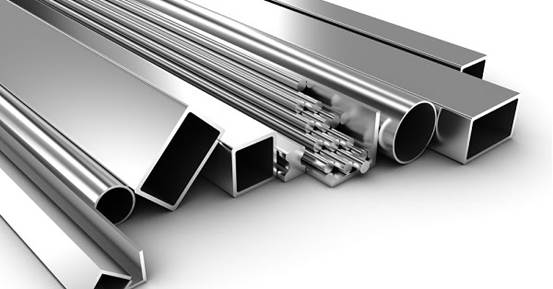
Ferritic steel
Ferritic stainless steel contains around 12% chromium. It differs from other forms of stainless steel due to its chemical composition and its molecular grain structure. Unlike austenitic steel, ferritic steel has a magnetic nature due to its body centered cubic grain structure. With a lower corrosion resistance and heat resistance than austenitic steel, it is commonly used for automotive parts and kitchen appliances.
Ferritic steel offers a high degree of resistance to stress corrosion cracking. This makes it a popular choice of steel for environments where chloride may be present. Stress corrosion cracking can degrade steel if it is exposed to a corrosive environment, in particular, when exposed to chlorides.
Martensitic steel
Martensite is a very hard form of steel, and its properties mean it is steel that can be heat treated and hardened, however it usually has reduced chemical resistance, when compared to austenitic steels. The benefits of martensitic steel mean that it offers a low cost, air hardening metal with moderate corrosion resistance, which is easy to form, with a minimum chromium content of 10.5%.
Uses of martensitic stainless steel include:
1.Cutlery
2.Car parts
3.Steam, gas and jet turbine blades
4.Valves
5.Surgical Instruments
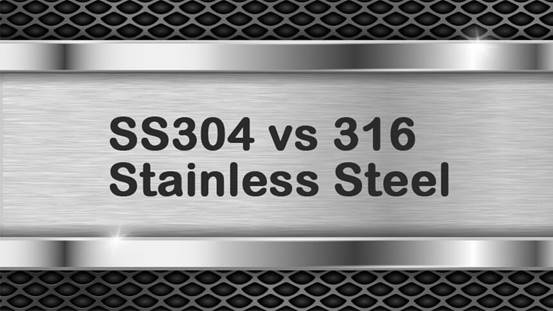
Precipitation Hardened Steel
Precipitation Hardened Steel is the strongest steel grade, is heat treatable and has excellent corrosion resistance. Due to this it is largely used for aerospace components, where extreme durability and reliability is needed from the part.
PH steel is also used in the oil, gas and nuclear industries. This is because it offers a combination of high strength but generally lower but workable degree of toughness. The most popular grades of precipitation hardened steels are 17-4 PH and 15-5 PH.
Common uses for PH hardened steel:
1.Knives
2.Firearms
3.Surgical Instruments
4.Hand Tools
Duplex Stainless Steel
Duplex stainless steels, sometimes known as austenitic-ferritic stainless steel have a two-phase metallurgical structure. Namely, duplex stainless steel contains both austenitic and ferritic phases. The strength of duplex stainless steels is higher than typical austenitic stainless steel and has additional corrosion resistance.
Duplex grades have lower molybdenum and nickel content which can reduce costs compared with austenitic grades. Consequently, duplex alloys are often used in heavy industrial applications such as the petrochemical industry.
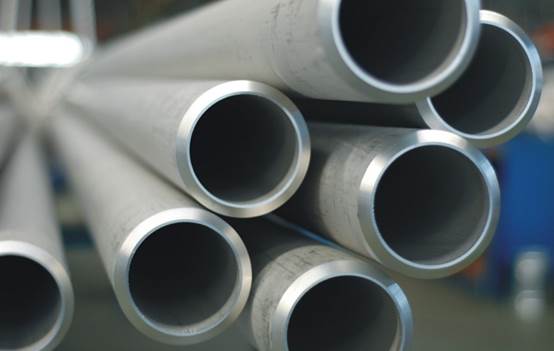

Factors to Consider When Choosing a Stainless Steel Grade
There are usually multiple factors that need to be considered when choosing a material for any project. With a multitude of different stainless steel grades available, it can be difficult to narrow down your choice. However if you consider the following factors, you should be in a position to determine which grade is best for you.
Strength
Often tensile strength is a key factor in determining the best material for your project. We recommend developing an understanding of the forces and loads that will be experienced by your parts and comparing this against the various tensile strengths on offer. This will help you eliminate any materials that won’t offer the required strength.
Heat Treatment
If you have specific hardness requirements for your parts, you may wish to consider heat treatment. Bear in mind that whilst heat treatment improves the hardness of your parts, this may come at the expense of other mechanical properties. Also note that austenitic stainless steels cannot be heat-treated, thus eliminating this category from your material choice.
Magnetism
In certain projects, whether a part is magnetic or not is an important factor to consider. Remember that austenitic steel is non-magnetic due to its microstructure.
Cost
If cost is the most important factor for your project, bear in mind. However, the material cost is just one part of the overall cost. Try to reduce cost by also reducing the number of machining operations and simplifying your parts as much as possible.
Availability of Grade
When arranging a quote with CNC machining companies such as us, check to see which stainless steel grades they offer; there may be common grades they stock or can easily source. Try to avoid specifying overly niche grades or branded materials as this can increase both costs and lead times.

